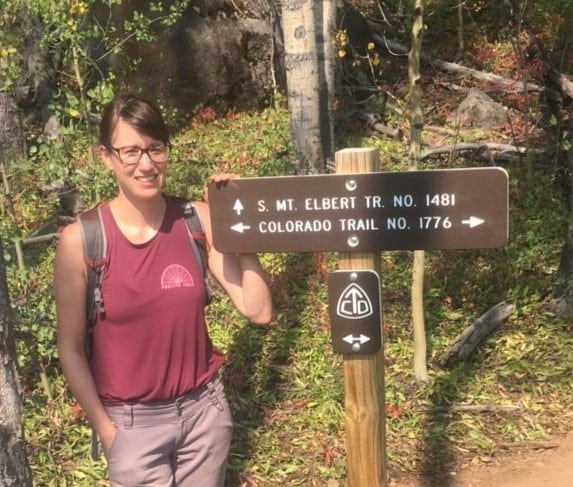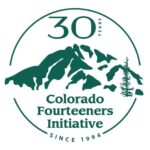
Photo: Eli Allan
I’ve been working on the South Elbert trail reroute for over four months. I’ve learned that trail work is not all pick axe swinging and dirt management. An incredible amount of planning happens before CFI crew members can build sustainable trails on Colorado’s highest peaks. Four years of planning went into the South Elbert trail reroute before CFI put boots on the ground.
CFI works closely with Forest Service peak manager Loretta McEllhiney. As Dana Young pointed out in her blog, before a project proposal can move forward to build trails on 14ers, a NEPA (National Environmental Policy Act) analysis must be done. When any Federal action significantly affects the environment, a mountain of paperwork must follow. NEPA is interesting because it requires that humans stop and think before diving right in. NEPA makes people accept that they are not the only living thing enjoying Colorado’s mountains. An endangered flower could bring a multi-million dollar project to a halt if discovered during a NEPA analysis. So, while environmental law can create hoops to jump through, it may stop the destruction of precious ecosystems.
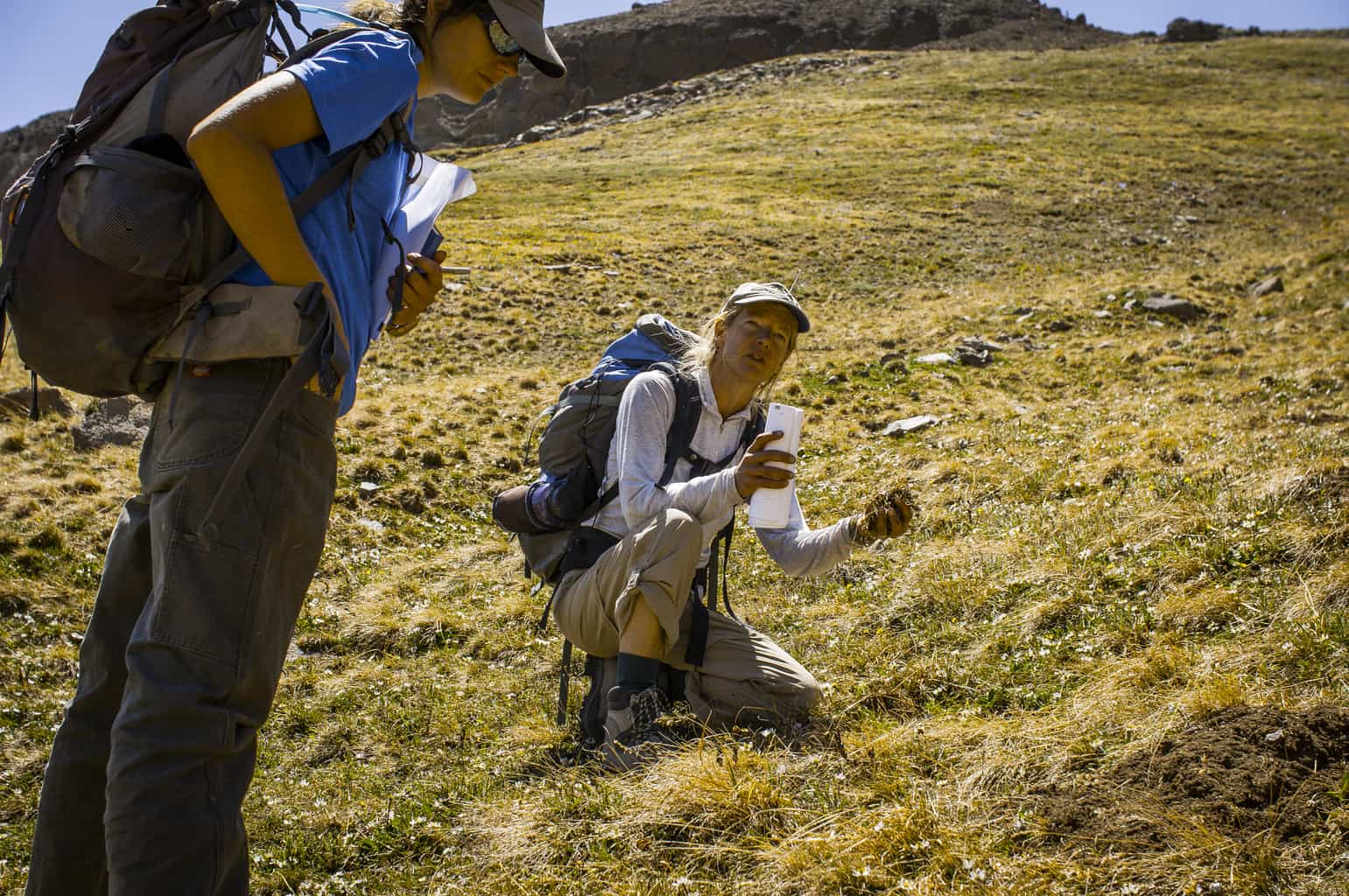
Photo: Eli Allan
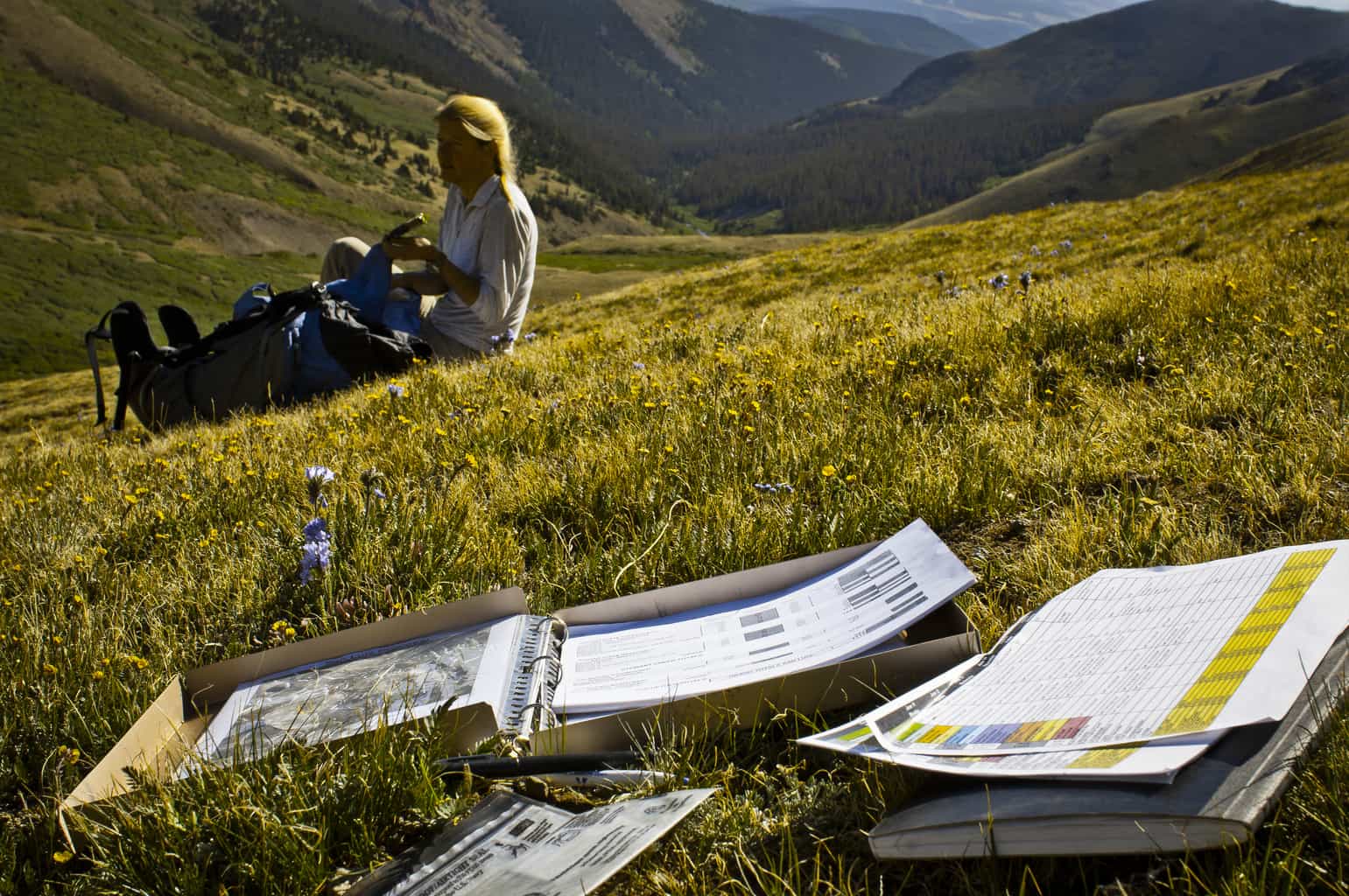
Photo: Eli Allan
The Mt. Elbert interdisciplinary team included a forest vegetation specialist, a botanist, an archeologist, a wildlife biologist, a hydrologist, and the Forest Service peak manager. All these people came together to ensure that nothing was harmed in the making of the South Elbert Trail. During the botanical analysis Ipomopsis globularis (Globe gilia), a very rare species endemic to Colorado, was re-discovered. A population of roughly 300 plants were discovered on Mt. Elbert. Rather than build the trail right through this imperiled species, modifications were made to the original trail alignment. Alpine poppy and Thick-leaf Witlow grass, tracked by the Colorado Natural Heritage Program, were also discovered so necessary alignment modifications were made to protect these species.
NEPA requires consideration of a reasonable range of alternatives that can accomplish the purpose and need of the proposed action. Because a rare species was found, a preferred alternative with modifications was ultimately chosen. This alternative allowed the South Elbert trail construction to move forward without harming any species.
Public notification is mandatory for all Federal projects significantly affecting the environment. The Mt. Elbert project was listed in the Forest Service’s Schedule of Proposed Actions on April 15, 2015. The project appeared on the Leadville Today website, The Leadville Herald Democrat, and the project was sent to 45 interested parties. This notification allowed time for the public to comment on any concerns they had about the project. Most of the comments received were supportive of the project. Twelve comments directly supported the project, while 13 addressed aspects of the project that had already been considered during planning.
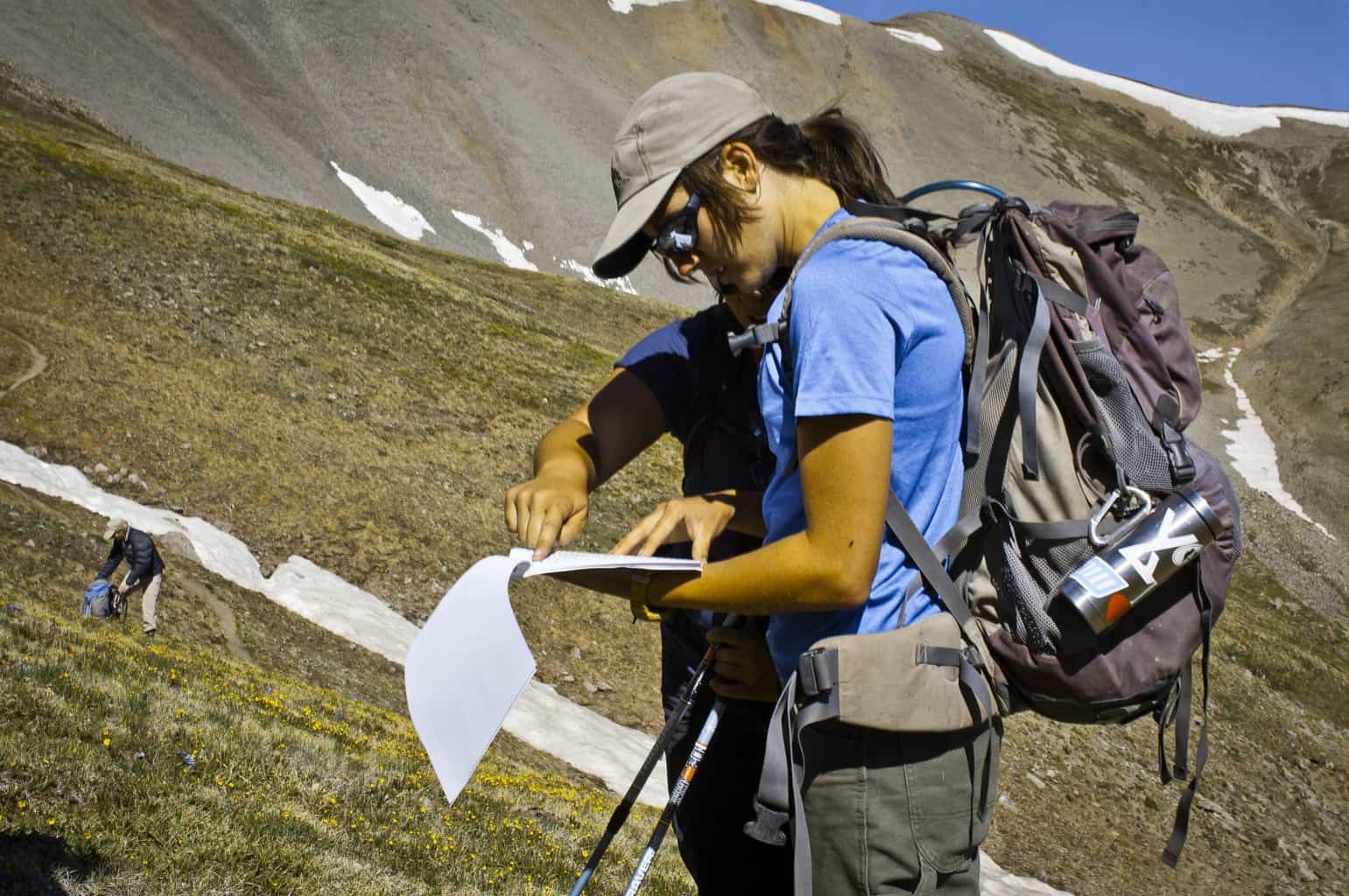
Photo: Eli Allan

The public input process revealed how much the mountain means to the local community. It is nice to know that residents deeply care about well-defined trails that are sustainably aligned. The local community relies on outdoor recreation for their livelihood, so I feel grateful to work on a project that must consider impacts to the surrounding environment.

